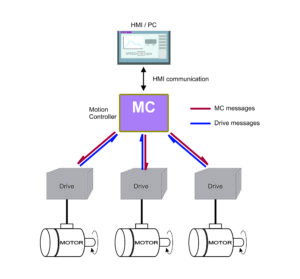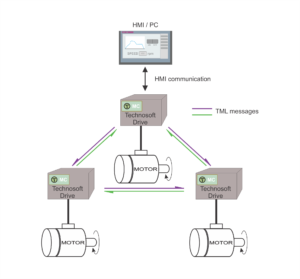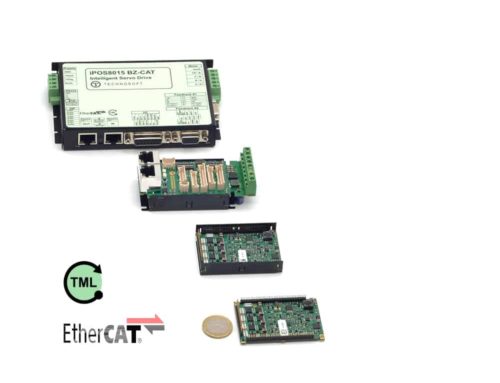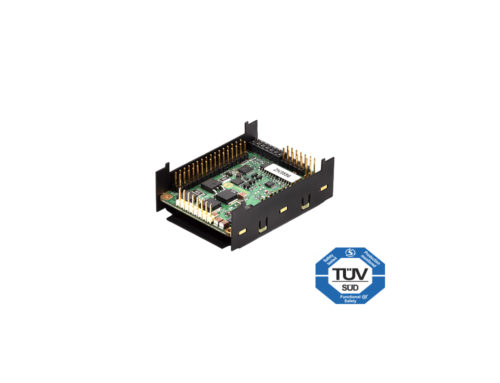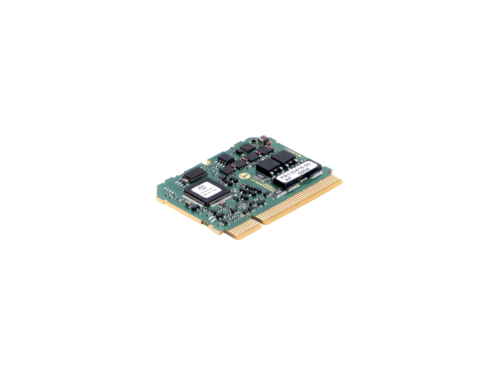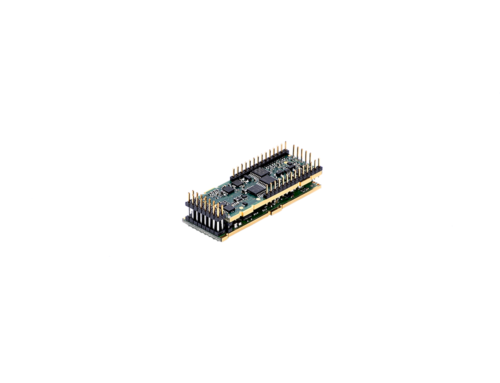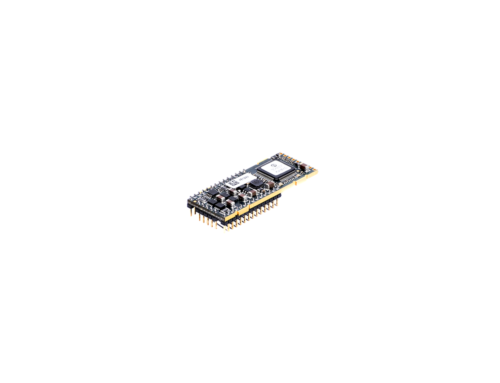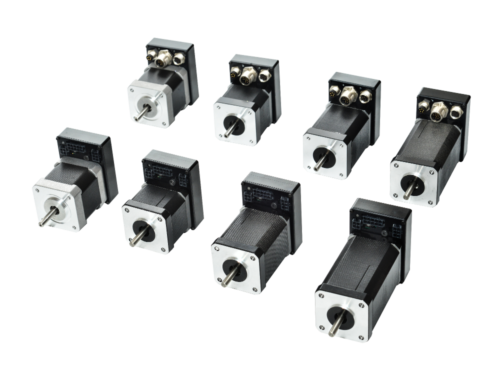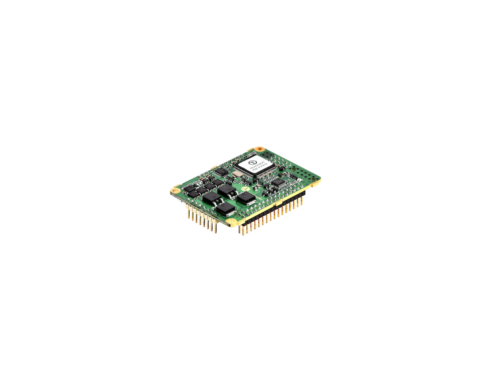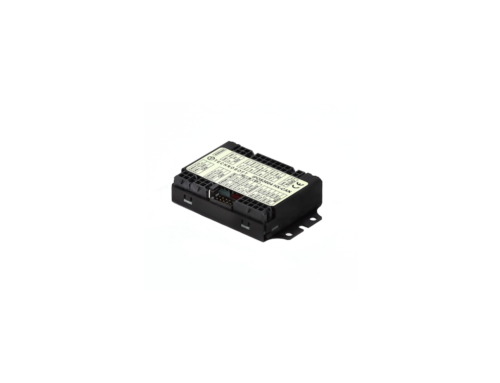A dedicated programming language helps implement complex control concepts
Numerous applications in different fields require compact drives in order to carry out precisely defined axis movements in sequence or in parallel. This interaction is usually coordinated via a master unit, which gives the individual motors appropriate commands. However, it is necessary to align the entire control architecture and the data transfer with the master. The individual motors can’t communicate with each other or execute a sequence of movements independently.
In contrast, Technosoft SA offers a wide variety of intelligent drives with integrated motion controller that can perform movements without a master, thanks to local programming. This is made possible by the dedicated programming language TML (Technosoft Motion Language), which allows each drive to be configured so that they can synchronize and communicate with each other – without an external master. Since no data-intensive exchange between them is necessary, various applications can be supported without having to use a cost-intensive BUS standard or specialized master and thus implemented without any additional cost. If you ask yourself what do a medical diagnosis system or an automatic kebab slicer have in common, the part of the answer is the smart motion control concept from Technosoft.
This applies as well to many other applications, from lens alignment in digital microscopes to scanning in laser measuring systems or laser cutting or cable handling in pipe inspection systems: in all these applications, small, hidden motors ensure the precise movement of the various components such as linear or rotation axes. Today’s traditional solution to such applications is represented by slave drives, which can be of very different types, generally controlled via a master unit, which has to be programmed with the appropriate commands and movement profiles. It must control the timing and execution of every movement. “However, all drives are dependent on this central ‘intelligence’ and cannot independently communicate and synchronize with each other, for example, to start motion sequences on all axes at the same time,” explains Dr. Radu Giuclea, Manager Sales & Engineering at Technosoft SA. “This inevitably leads to a high level of programming effort, since the entire application architecture must be planned and configured for the master controller and its communication environment.” This can be a challenge, especially for multi-axis applications. In addition, the appropriate solution for the motor type and communication protocol must be identified and taken into account.
That is why Technosoft SA specialized in developing intelligent drives that already combine a powerful motor and motion controller in a compact version so that they can implement complex movements even without an external master unit. For this purpose, the company uses the self-developed programming language TML, with which complex commands can be easily programmed onto the memory of the individual drives. This enables them to execute motion profiles without a master command, independently of one another and to synchronize with each other. Thanks to this high level of flexibility, you can even adjust a running movement: for example, the motion profile can be changed via an HMI and an intermediate position can be set.
TML functions offer high command flexibility at the drive level
The Technosoft drives already have all the necessary functionalities in one space-saving unit – mainly motion controller, power electronics, I / O signals and RS232, CAN / CANopen or EtherCAT interfaces. This gives great command flexibility at the drive level, which can be implemented using TML. The developers placed great emphasis on making programming as simple and intuitive as possible: In a first step, the correct values are assigned to the TML registers or functions and parameters. These numerical values in turn represent individual application parameters. This enables the profile of the respective application to be described, the type of motor to be determined, operating settings such as sampling rates or motor start mode to be selected and control parameters such as shock, acceleration, speed and position to be set. This program is then assigned to the individual drive and stored in their non-volatile memory. “The time at which the movement should begin is also determined. The drive becomes its own master, ”explains Dr. Giuclea the basic principle.
Instead of waiting for a central master control to issue the commands, each drive can now be activated independently. This means that multiple axes can be moved at the same time (multicast) without generating a large data flow via the master / host. A single drive can also be defined as a master or communication center, for example to synchronize all axes in a network. At the same time, the user has access via the PC software or another HMI device and can, among other things, change the motion profile online – for example, set an intermediate position or adjust the speed. Thanks to the TML functions, the entire homing can also be programmed and the drive set so that it automatically goes back to a starting position whenever is needed. “TML also makes it possible to write complete TML libraries for different master environments or specific PLCs, so that with little effort the motors and their communication with one another are optimally adapted to the corresponding application and hardware environment” explains Dr. Giuclea.
Binary coding replaces memory-intensive data transfer
In terms of communication between the drives, TML also acts as a translator: Instead of having to send large amounts of data between the master / host and the drives, the commands are exchanged via binary sequences that are representative of the TML coding of the respective function. “Since the command programming is already on the drive’s memory, they only have to receive a command as to which instruction should be called up. So the entire movement, including parameters, does not need to be sent via the master, ”says Dr. Giuclea. This simplified communication with each other can also support many applications that would otherwise require a fast or cost-intensive BUS interface or external control. “Because of this simplified communication and the TML libraries, there are no limits to programming, which is why there is compatibility with many drive types such as brushless EC motors, brushed DC motors, linear motors, voice coils and stepper motors,” summarizes Dr. Giuclea. “Customers that were previously used to handle different drives to control different motor technologies or spend money on expensive motion controllers are blown by the capabilities of Technosoft intelligent drives. This results in enormous flexibility and new possibilities for designing the control architecture while reducing time to market and overall system cost. ”

